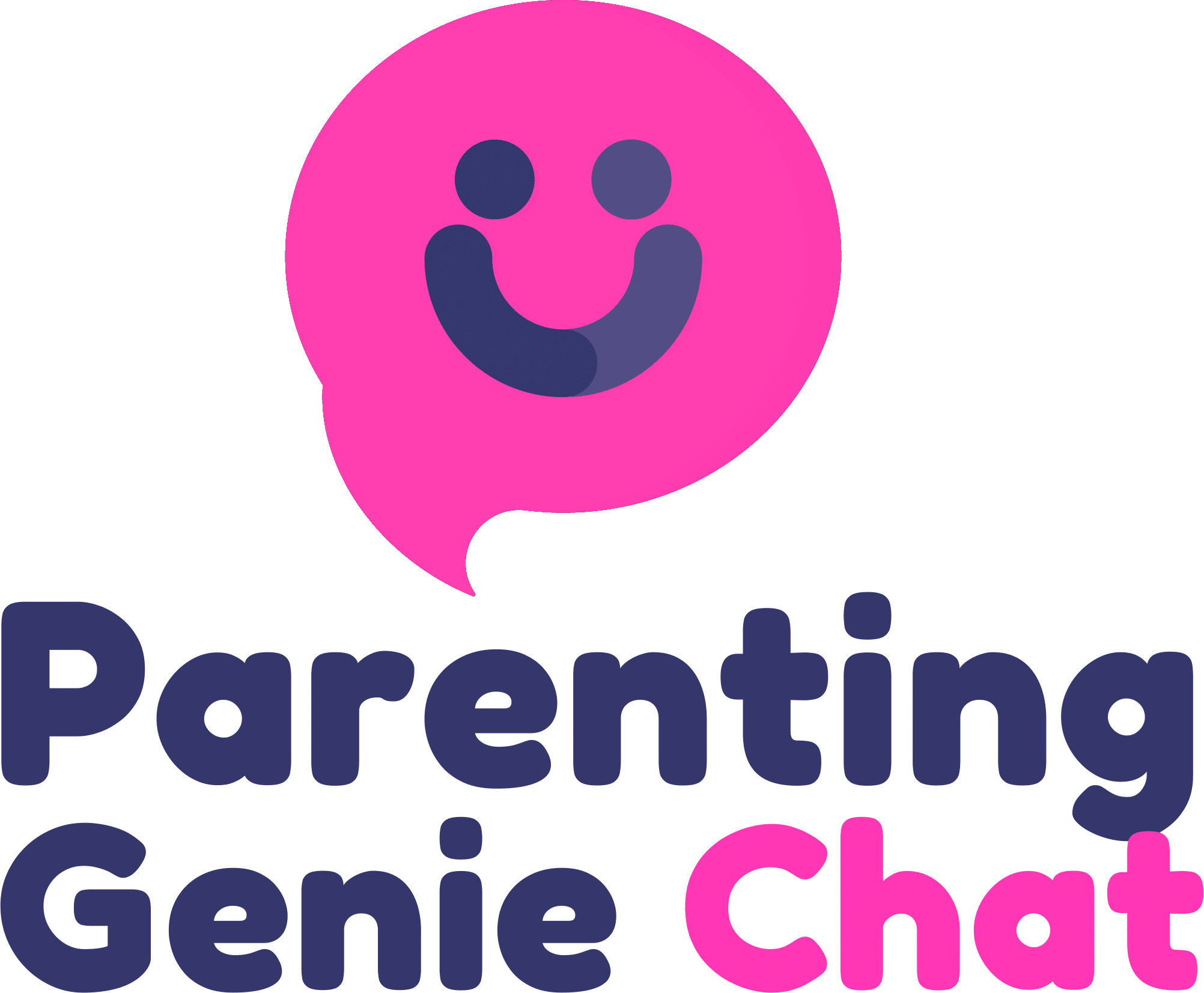
- +61 1300 704 750
- admin@parentinggenie.com.au
- PO Box 706, Townsville, QLD 4810

Genie Chat
Parenting has evolved over the years, and one approach that has gained widespread attention is positive parenting. This empowering philosophy focuses on nurturing a strong parent-child relationship through communication, empathy, and collaboration. Let’s delve deeper into the rise of positive parenting and how it can transform the way we raise our children.
Understanding Positive Parenting

Positive parenting centers on building a foundation of respect, trust, and open dialogue between parents and children. It emphasizes understanding and addressing the underlying causes of behavior, rather than simply enforcing rules. By fostering a supportive and empowering environment, positive parenting encourages children to develop crucial life skills and a healthy sense of self.

Effective communication is at the heart of positive parenting. This involves not only conveying your expectations but also listening to your child’s thoughts and feelings. When your child feels heard and understood, they’re more likely to communicate openly and honestly with you.
Example: When your child expresses frustration about a challenging school assignment, show empathy and ask about their concerns. By engaging in a conversation, you can offer guidance and support that goes beyond the surface issue.
Positive parenting involves setting clear boundaries and expectations. However, instead of imposing rules, involve your child in the process. This collaborative approach empowers them to take ownership of their actions.
Example: Talk with your child about the importance of completing homework before engaging in playtime. By discussing the rationale behind the rule, your child is more likely to understand its significance.
Empathy is a cornerstone of positive parenting. Teaching your child to understand and respect others’ emotions contributes to the development of strong interpersonal skills and compassionate behavior.
Example: Encourage your child to share a toy with a friend who seems sad or left out. By recognizing the emotions of others, your child learns to navigate social situations with sensitivity.
Positive parenting involves guiding your child through problem-solving rather than imposing solutions. This approach cultivates critical thinking and independence.
Example: If your child struggles with mornings, work together to create a morning routine that suits both of you. This collaborative effort fosters a sense of responsibility and autonomy.
Acknowledging your child’s efforts and achievements through positive reinforcement nurtures their self-esteem. Celebrating even small accomplishments boosts their confidence.
Example: Celebrate your child’s hard work on a school project by displaying it prominently and expressing pride. This recognition motivates your child to take pride in their accomplishments.
When discipline is necessary, positive parenting emphasizes empathy. Addressing misbehavior with understanding and redirection fosters a sense of respect and cooperation.
Example: Instead of scolding a child for making a mess, calmly explain the importance of cleaning up after playtime. This teaches responsibility without creating negative associations.
Children learn by observing. Positive parenting encourages parents to model the behaviors and values they want their children to adopt.
Example: Exhibit kindness and patience in your interactions, teaching your child the importance of treating others with respect and empathy.
Positive parenting supports children’s independence. Allowing them to make choices and take on age-appropriate responsibilities helps build confidence and decision-making skills.
Example: Let your child select their outfit for the day, encouraging their decision-making abilities. This fosters a sense of autonomy and self-expression.
Quality time is essential for nurturing strong parent-child relationships. Dedicated moments of connection through activities you both enjoy strengthen your bond.
Example: Have a weekly game night or cooking session to spend quality time together. This demonstrates your commitment to building a meaningful connection.
Positive parenting encourages a growth mindset by teaching children that mistakes are opportunities for learning. This approach helps them develop resilience and a positive attitude toward challenges.
Example: If your child spills milk, acknowledge the accident and guide them through the cleanup process. By treating mistakes as learning experiences, you cultivate a sense of resilience.
Positive parenting fosters resilience, emotional intelligence, and a healthy self-esteem in children. By emphasizing open communication and mutual respect, parents create an environment where children feel heard, valued, and supported. The goal is to raise empowered individuals who possess strong problem-solving skills, empathy, and a positive outlook on life.
Ready to embark on your positive parenting journey? Subscribe to Virtual Parenting Hub to access a treasure trove of resources, tips, and insights on positive parenting and other empowering approaches. Join a community of like-minded parents dedicated to nurturing strong parent-child relationships and fostering a sense of empowerment in their children.
Also Read: Resilience and Strength: Parenting Through Adversity